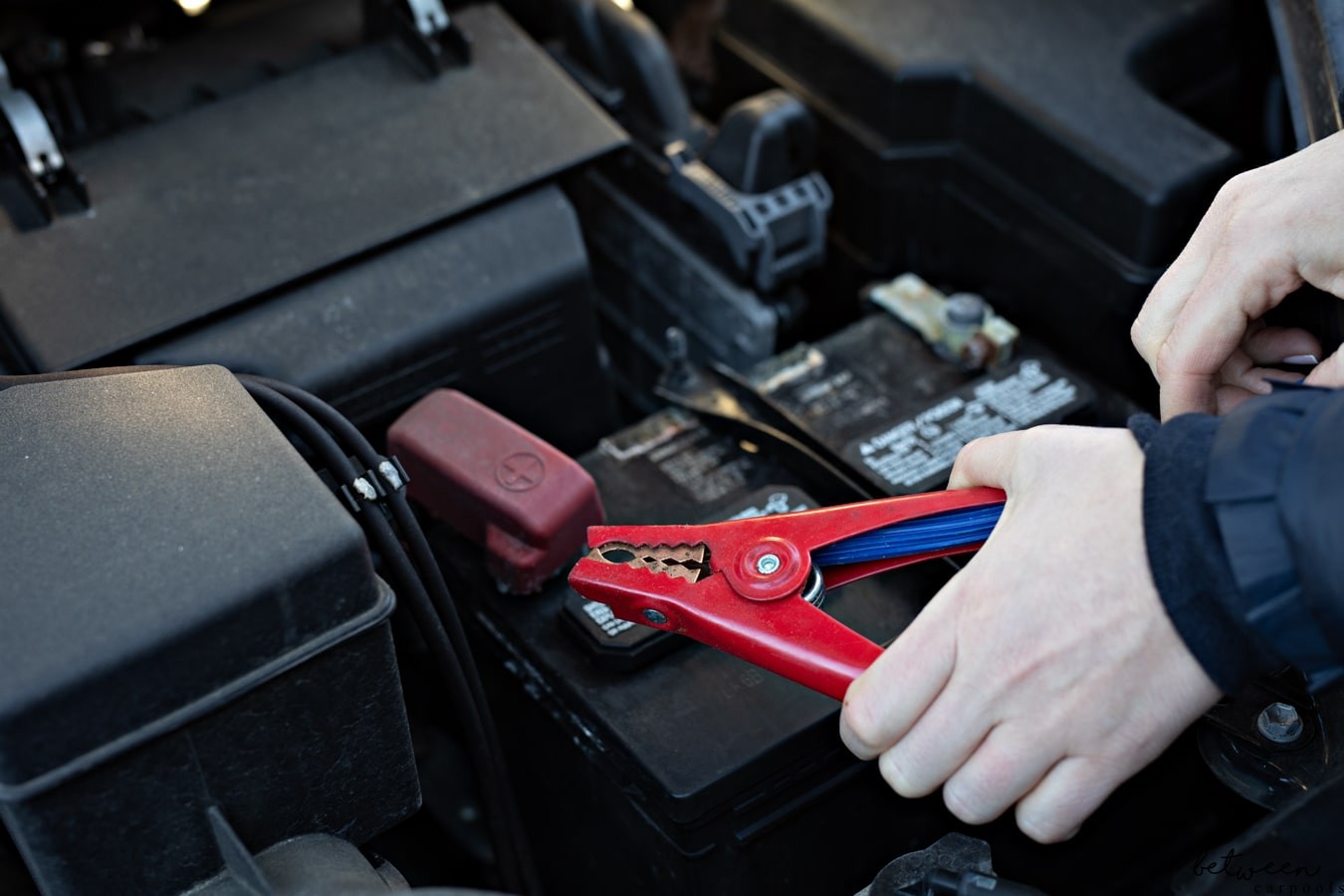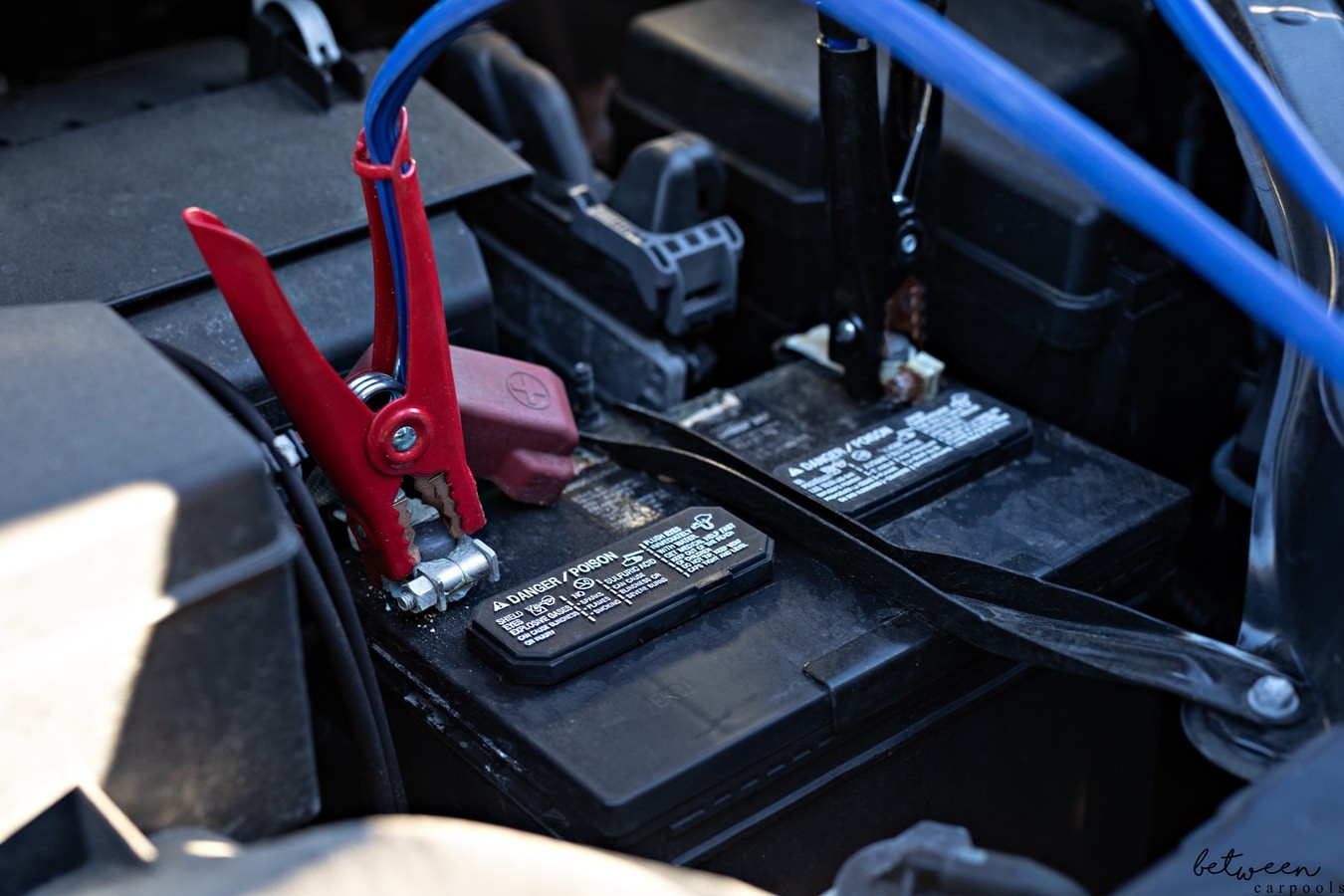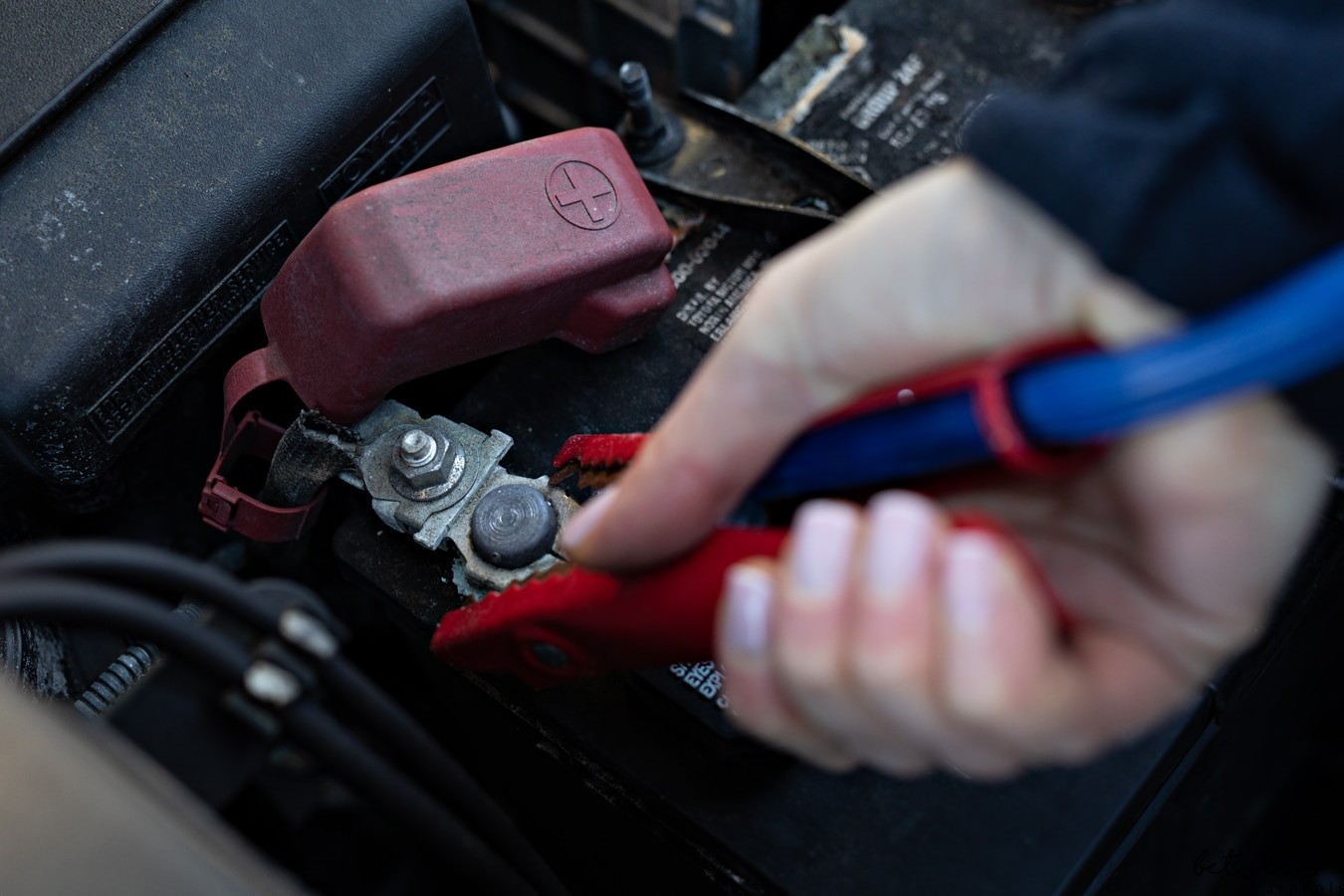Dealing with a dead car battery is a common and frustrating experience. Whether you’ve left your headlights on, or the cold weather has taken its toll, finding your car won’t start can throw a wrench in your day. Many people immediately call for roadside assistance or rely on someone else to help. But Jump Starting A Car is actually a straightforward process that almost anyone can learn. Knowing how to jump start your car empowers you to handle this situation independently and get back on the road quickly. This guide will walk you through each step, making the process clear, safe, and easy to understand.
What You’ll Need Before You Begin
Before you attempt to jump start your car, you’ll need to gather a couple of essential items. Having these ready will ensure the process goes smoothly and safely.
- Jumper Cables: These are insulated wires with clamps on each end, designed to connect the batteries of two cars. It’s a good idea to keep a set of jumper cables in your car’s trunk for emergencies. Ensure they are in good condition without any exposed wires or damage.
- A Second Car with a Good Battery: You’ll need another vehicle that is working and has a fully charged battery to provide the necessary power to jump start your car. Make sure the car is accessible and can be positioned close to your car.
 Connecting jumper cables to car battery terminals
Connecting jumper cables to car battery terminals
Step-by-Step Guide to Jump Starting Your Car
Once you have your jumper cables and a second car, follow these steps carefully to jump start your vehicle safely and effectively:
1. Position the Cars and Ensure Safety
- Position the cars: Park the car with the good battery close to your car, facing each other if possible, or at an angle that allows the jumper cables to reach both batteries. Make sure the cars are not touching.
- Turn off both ignitions: Completely turn off the engines of both cars and ensure they are in Park (P) or Neutral (N) with the parking brakes engaged.
- Locate the batteries: Open the hoods of both vehicles and locate the batteries. You may need to consult your owner’s manual if you’re unsure where the battery is located.
2. Connect the Jumper Cables
This is the most crucial step, and it’s important to connect the cables in the correct order to avoid sparks or damage to the electrical systems.
- Positive to Positive (Red Cable First): Take the red jumper cable and connect one red clamp to the positive (+) terminal of your dead car battery. Positive terminals are usually marked with a “+” sign and are often red.
- Positive to Positive (Second Red Clamp): Connect the other red clamp to the positive (+) terminal of the good car’s battery.
 Connecting positive jumper cables to car batteries
Connecting positive jumper cables to car batteries
- Negative to Negative (Black Cable to Good Battery): Take the black jumper cable and connect one black clamp to the negative (-) terminal of the good car’s battery. Negative terminals are usually marked with a “-” sign and are often black.
- Negative to Ground (Black Cable to Engine Block): Connect the final black clamp to an unpainted metal surface on your car’s engine block or frame, away from the dead battery. This “grounding” connection minimizes the risk of sparks igniting battery fumes. Do not connect directly to the negative terminal of the dead battery.
 Connecting negative jumper cable to engine block for grounding
Connecting negative jumper cable to engine block for grounding
3. Start the Engines and Jump Start
- Start the good car: Start the engine of the car with the good battery and let it run for a few minutes. This allows it to send charge to your dead battery.
- Attempt to start your car: After a few minutes, try to start your car. Turn the key and see if it starts. If it doesn’t start immediately, wait a couple more minutes and try again. Avoid cranking the engine for more than 15 seconds at a time.
4. Disconnect the Jumper Cables
Once your car has started, carefully disconnect the jumper cables in the reverse order of connection.
- Negative Cable First (from Ground): Disconnect the black clamp from the metal grounding point on your car’s engine.
- Negative Cable (from Good Battery): Disconnect the black clamp from the negative (-) terminal of the good car’s battery.
- Positive Cable (from Good Battery): Disconnect the red clamp from the positive (+) terminal of the good car’s battery.
- Positive Cable (from Your Battery): Finally, disconnect the red clamp from the positive (+) terminal of your car’s battery.
After disconnecting the cables, keep your car running for at least 15-20 minutes to allow the alternator to recharge your battery.
Important Tips and Troubleshooting
- If your car doesn’t start after a few tries: Double-check that all cable connections are secure and making good contact. Make sure the good car’s engine is running while you attempt to start your car. If it still doesn’t start, there may be a more serious issue than just a dead battery, and you may need to call for professional assistance.
- Battery Maintenance: Jump starting is a temporary solution. If your battery keeps dying, it’s essential to get your battery tested and possibly replaced. Regular car maintenance can prevent battery issues and ensure your vehicle is reliable.
- Safety First: Always wear safety glasses when working around car batteries to protect your eyes. Avoid smoking or open flames near the battery, as batteries can release flammable hydrogen gas.
Knowing how to jump start a car is a valuable skill for any driver. By following these simple steps, you can confidently handle a dead battery situation and get back on the road. Remember to prioritize safety and consider regular car maintenance to avoid battery problems in the future.